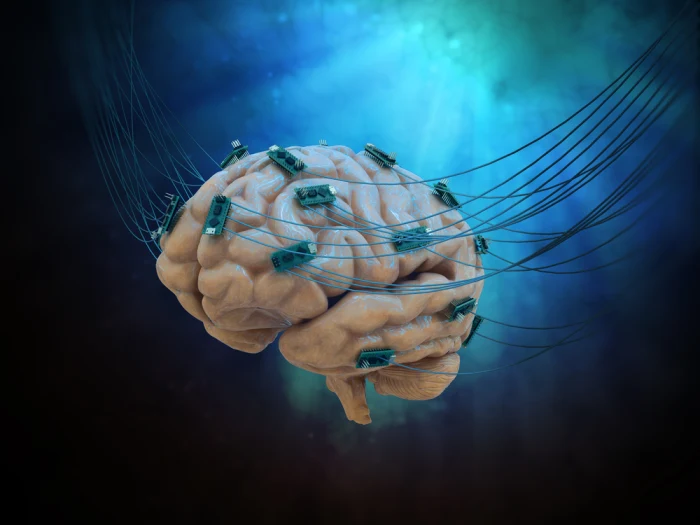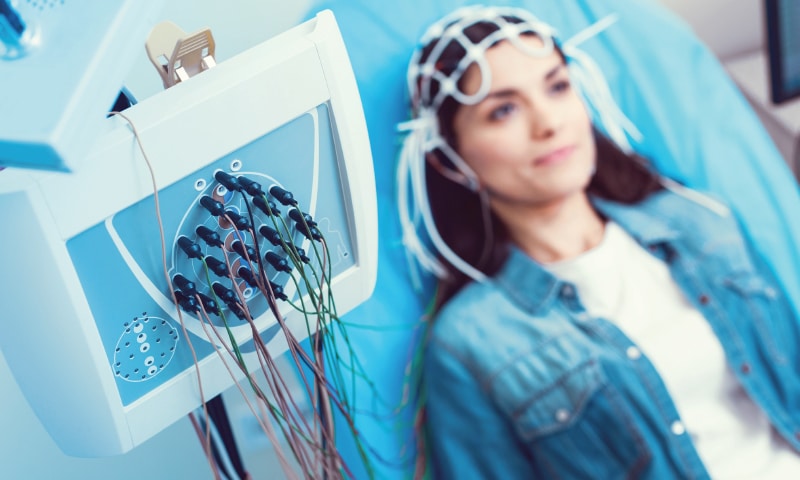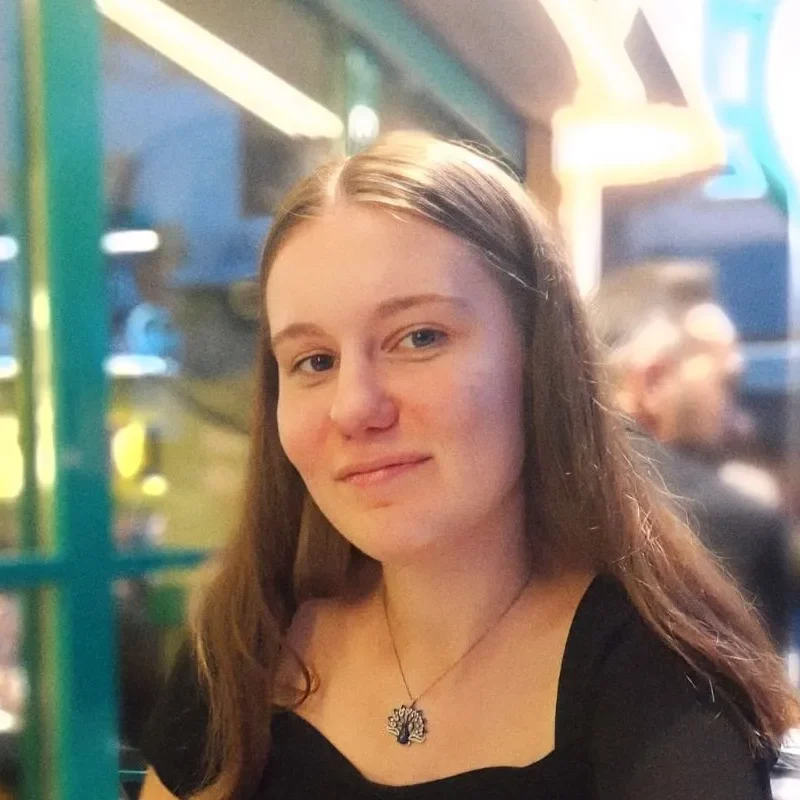Brain-computer interfaces: A turning point in the lives of people with disabilities? Imagine playing a racing game like Mario Kart and making complex turns in a lap using only your brain.
This is no longer a video game fantasy. A real program developed by engineers at the University of Texas at Austin has emerged as part of research into brain-computer interfaces to help rehabilitate people with motor disabilities. More importantly, the researchers added machine learning capabilities to the brain-computer interfaces, making them a one-dimensional solution that can adapt to anyone.
Hope for people with motor disabilities
Typically, these devices require extensive calibration (measurement) for each user. The fact that every brain is different, whether the user is healthy or disabled, has been a major barrier to mainstream adoption. This solution can quickly understand the requirements of an individual subject and self-calibrate iteratively. This means that multiple patients can use the device without the need for individualized tuning.
You may be interested in: Are our brains getting bigger? Or are they shrinking?
Satyam Kumar, a graduate student in the lab of José del R. Millán, a professor in the Department of Electrical and Computer Engineering at the Cockrell School of Engineering and the Department of Neurology at Dell Medical School, said, “When we think about this in a clinical setting, with this technology, we won’t need a team of experts to do this calibration process, which is long and tedious. It will be much faster to go from patient to patient.”1
Electrodes and decoders
Subjects wear a cap full of electrodes that are connected to a computer. After the electrodes collect data by measuring electrical signals from the brain, a decoder interprets this information and translates it into a game action.
In this case, the actions are twofold: The first is controlling a car racing game, and the second is the simpler task of balancing the left and right sides of a digital stick. However, both tasks are performed through the brain-computer interface.
An expert has been trained to develop a special “decoder” for the simpler stick task that allows this interface to translate brain waves into commands. This decoder performs a basic task for other users and may be the key to avoiding the lengthy calibration process.
The decoder takes users’ brain signals and translates them into game actions. For example, it can control the movement of the digital stick according to the left and right directions the user thinks of. This basic task helps the interface correctly interpret users’ brainwaves and lays a foundation for more complex tasks.
Importantly, the decoder works well enough to allow subjects to be simultaneously trained for more advanced tasks, such as controlling a more complex car racing game. This helps users develop their skills and improve their interaction with the brain-computer interface.

The researchers described this work as fundamental in setting the stage for further brain-computer interface developments. Eighteen of the subjects used in this project did not have motor impairments. Eventually, as they continue down this path, they will test it on people with motor impairments to apply it to larger groups in clinical settings.
“On the one hand, we want to bring the brain-computer interface into the clinical field to help people with disabilities, but on the other hand, we need to improve our technology to make it easier to use so that its impact on people with disabilities is stronger,” Millán said.

Brain-computer interfaces: The future of research
On the translational side of the research, Millán and his team are working on a wheelchair that users can use with a brain-computer interface. Another potential use of the technology was demonstrated this month at the South by Southwest Conference and Festival, when the researchers controlled two rehabilitation robots for the hand and arm. This was not part of the new paper, but it was a sign of where this technology could go in the future. Several people volunteered and were able to operate the brain-controlled robots within minutes.
Millán and his team’s work is notable for their research on wheelchairs that users steer with a brain-computer interface. In particular, their presentation at the South by Southwest Conference and Festival points to a wide range of uses for the technology, controlling two rehabilitation robots for the hand and arm. Although this presentation is not yet part of a new paper, it is a sign of where this technology could go in the future.
Experiments with volunteers showed how brain-controlled robots can be put to work in just minutes. These results demonstrate the potential and future impact of the work of Millán and his team. This combination of brain-computer interfaces and robotics offers great potential to improve the quality of life for people with disabilities.
You may be interested in: What does gray matter in the brain do?
“The purpose of this technology is to help people, to help them in their daily lives,” Millán said. “We will continue on this path, wherever it takes us in our quest to help people.”2
Referanslar
- Satyam Kumar, Hussein Alawieh, Frigyes Samuel Racz, Rawan Fakhreddine, José del R Millán, Transfer learning promotes acquisition of individual BCI skills, PNAS Nexus, Volume 3, Issue 2, February 2024, pgae076, https://doi.org/10.1093/pnasnexus/pgae0766 ↩︎
- University of Texas at Austin. (2024, April 1). Universal brain-computer interface lets people play games with just their thoughts. ScienceDaily. Retrieved April 2, 2024 from www.sciencedaily.com/releases/2024/04/240401142454.htm ↩︎




Leave a Reply